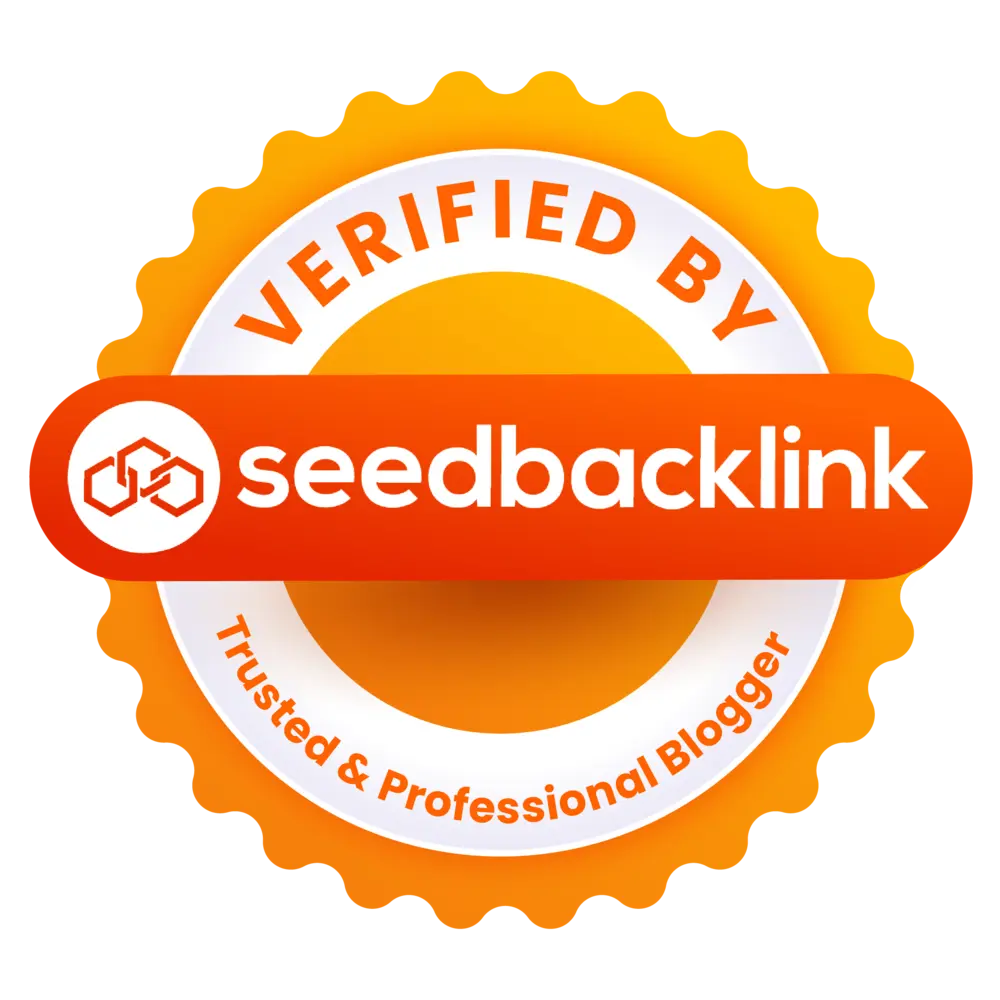Skills You’ll Need to Survive Silicon Valley’s AI Revolution in the heart of innovation, Silicon Valley pulses with the rhythm of rapid change. Artificial Intelligence is no longer a novelty—it’s a tidal wave reshaping every sector. To stay afloat and thrive in this era, you must master a distinct arsenal of skills. These aren’t just code snippets or algorithmic formulas; they span creativity, ethics, and human-centric thinking. Understanding the AI skill requirements for Silicon Valley jobs is paramount for anyone aiming to make a lasting impact.
This detailed guide explores the multifaceted competencies—both technical and interpersonal—that will empower you to navigate the AI revolution, from foundational know-how to avant-garde proficiencies.

1. Core Technical Proficiencies
1.1. Programming Languages and Frameworks
- Python Mastery: The lingua franca of AI, powering TensorFlow, PyTorch, and scikit-learn.
- Julia & R: For high-performance numerical computing and statistical analysis.
- C++/Rust: When low-level optimization and memory control matter.
1.2. Machine Learning Fundamentals
- Supervised & Unsupervised Learning: Regression, classification, clustering, dimensionality reduction.
- Deep Learning Architectures: Convolutional Neural Networks (CNNs), Recurrent Neural Networks (RNNs), Transformers.
- Reinforcement Learning: Q-learning, policy gradients, and multi-agent systems.
1.3. Data Engineering & Infrastructure
- Big Data Ecosystems: Hadoop, Spark, and distributed computing paradigms.
- Data Pipelines: ETL processes, streaming ingestion (Kafka, Flink), and data warehousing (Snowflake, Redshift).
- Containerization & Orchestration: Docker, Kubernetes, and serverless deployments.
1.4. MLOps and Deployment
- Model Versioning: DVC, MLflow, Weights & Biases.
- Continuous Integration/Continuous Deployment (CI/CD): Automated testing, model validation, rollback strategies.
- Monitoring & Observability: Prometheus, Grafana, custom alerting for drift and performance regressions.
2. Mathematical and Statistical Acumen
2.1. Linear Algebra & Calculus
- Matrix operations underpin neural networks.
- Gradient-based optimization relies on derivative mastery.
2.2. Probability & Statistics
- Bayesian inference for uncertainty quantification.
- Hypothesis testing and p-values to validate experiments.
2.3. Information Theory
- Entropy, mutual information, and KL divergence for feature selection and regularization.
- Foundations for advanced topics like variational autoencoders.
3. Domain Expertise and Specialized Knowledge
3.1. Healthcare AI
Understanding medical imaging, genomics, and regulatory standards (HIPAA compliance) elevates your value in biotech.
3.2. Autonomous Systems
Expertise in robotics, sensor fusion, and real-time control systems opens doors to self-driving vehicles and drones.
3.3. Fintech & Risk Modeling
Financial engineering, time-series forecasting, and algorithmic trading strategies demand specialized statistical methods.
3.4. Natural Language Processing (NLP)
- Semantic parsing, language modeling, and conversational AI.
- Familiarity with transformer-based models like BERT, GPT, and specialized tokenization.
4. Soft Skills and Cognitive Agility
4.1. Critical Thinking
Dissect complex problems into tractable sub-tasks. Question assumptions. Design robust experiments.
4.2. Communication & Storytelling
Translate arcane model metrics into compelling narratives. Convince stakeholders through lucid visualization and persuasive data insights.
4.3. Adaptability
The only constant is change. Adopt new frameworks, pivot strategies, and embrace lifelong learning.
4.4. Collaboration & Cross-Functional Leadership
Work seamlessly with product designers, ethicists, legal teams, and business strategists. Bridge technical and non-technical domains.
5. Ethical and Responsible AI
5.1. Algorithmic Fairness
Detect and mitigate bias. Employ fairness metrics—equalized odds, demographic parity—and adopt debiasing techniques.
5.2. Privacy-Preserving Techniques
- Differential privacy for data anonymization.
- Federated learning to train models without pooling sensitive data.
5.3. Transparency & Explainability
Integrate tools like LIME, SHAP, and counterfactual explanations. Ensure models provide clear rationales for decisions.
5.4. Regulatory Compliance
Stay abreast of GDPR, CCPA, and emerging AI legislation. Build governance frameworks that align with global standards.
6. Creative and Design Thinking
6.1. Human-Centered Design
Prioritize user experience. Conduct empathic user research to ensure AI solutions address real pain points.
6.2. Ideation and Prototyping
Use rapid prototyping tools (Figma, Proto.io) to visualize AI features. Iterate swiftly based on user feedback.
6.3. Interdisciplinary Synthesis
Merge insights from psychology, sociology, and design. Create AI systems that resonate deeply with human values.
7. Strategic and Business Acumen
7.1. Product-Market Fit Analysis
Assess market needs, competitive landscapes, and cost-benefit trade-offs for AI-driven features.
7.2. ROI and Metrics
Define KPIs—accuracy, latency, business value—and construct dashboards that track impact in real time.
7.3. Go-to-Market Strategies
Coordinate with marketing, sales, and partnerships teams. Craft narratives that highlight AI’s transformative potential.
8. Emerging and Future-Proof Skills
8.1. Quantum Machine Learning
Familiarity with quantum computing primitives, variational circuits, and hybrid classical-quantum workflows will distinguish you in the coming wave.
8.2. Neuromorphic and Edge AI
Expertise in spiking neural networks and low-power inference chips will become increasingly valuable as AI migrates to edge devices.
8.3. Synthetic Biology and Bioinformatics
AI’s integration into genetic engineering and drug discovery heralds novel interdisciplinary roles.
8.4. AI Governance and Policy
Professionals adept at shaping AI policymaking, drafting ethical guidelines, and mediating public discourse will occupy crucial leadership positions.
9. Building a Personal Roadmap
- Self-Assessment: Inventory your current competencies against the AI skill requirements for Silicon Valley jobs.
- Learning Plan: Curate courses—Coursera, edX, MIT OpenCourseWare—and allocate dedicated weekly hours.
- Hands-On Projects: Contribute to open-source AI repos. Publish blog posts or CodePen demos to demonstrate expertise.
- Mentorship and Networking: Join AI communities (Kaggle, Fast.ai forums, local meetups) to glean insights and form collaborations.
- Continuous Reflection: Reevaluate goals every quarter. Pivot your learning strategy to align with emerging trends.
Surviving—and thriving—in Silicon Valley’s AI revolution requires mastering a mosaic of competencies. From deep technical prowess and statistical acuity to soft skills and ethical stewardship, the journey is expansive. Anchoring your development to the AI skill requirements for Silicon Valley jobs ensures you remain relevant in a landscape defined by ceaseless innovation. Invest in lifelong learning, embrace interdisciplinary thinking, and lead with empathy. The future belongs to those who blend human ingenuity with algorithmic might—creating a world where technology amplifies our best qualities and elevates collective progress.










